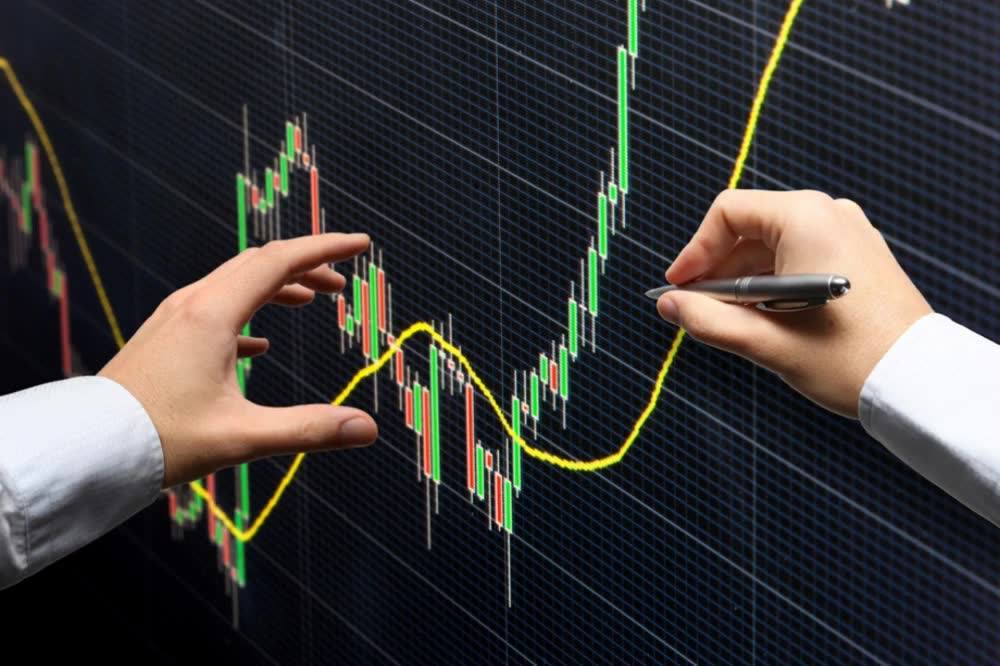There are two ways to analyze the financial markets: Fundamental analysis and Technical analysis. Fundamental analysis is based on underlying economic conditions, while technical analysis uses historical prices in an effort to predict future price movements. Short-term traders prefer to use technical analysis, focusing their strategies primarily on price action, while medium-term traders tend to use fundamental analysis to determine a currency’s proper valuation, as well as its probable future valuation.
Before implementing successful trading strategies, it is important to understand what drives the movement of currencies in the foreign exchange market. The best strategies tend to be the ones that combine both fundamental and technical analysis.
Fundamental Analysis
Fundamental analysis focuses on economic, social, and political forces that drive supply and demand. Those using fundamental analysis as a trading tool look at various macroeconomic indicators such as growth rates, interest rates, inflation, and unemployment. Traders employing fundamental analysis need to keep abreast of news and announcements that can indicate potential changes to the economic, social, and political environment.
Currency prices move primarily based on supply and demand. That is, a currency rallies because there is demand for the currency. Currency values decrease when there is excess supply. Supply and demand are real determinants for predicting future movements. There are many factors that contribute to the net supply and demand for a currency, such as capital flows, trade flows, speculative needs, and hedging needs.
Capital Flows
Capital flows constitute a country’s balance of payments, which quantifies the amount of demand for currency over a given period of time. A negative balance of payment number indicates that the capital is leaving the economy at a more rapid rate than it is entering, and hence theoretically the currency should fall in value.
Capital flows measure the net amount of a currency that is being purchased or sold to capital investments. A positive capital flow balance implies that foreign inflows of physical or portfolio investments into a country exceed outflows. A negative capital flow balance indicates that there are more physical or portfolio investments bought by domestic investors than foreign investors.
Physical Flows. Physical flows encompass actual foreign direct investments by corporations such as investments in real estate, manufacturing, and local acquisitions. All of these require that a foreign corporations sell the local currency and buy the foreign currency, which leads to movement in FX markets.
Portfolio Flows. Portfolio flows involve measuring capital inflows and outflows in equity markets and fixed income markets.
Trade Flows
Trade flows are the basis of all international transactions. Just as the investment environment of a given economy is a prime determinant of its currency valuation, trade flows represent a country’s net trade balance. Countries that are net exporters – meaning they export more to international clients then they import from international producers – will experience a net trade surplus. Countries that are net exporters are more likely to have their currency rise in value.
Countries that are net importers – meaning they make more international purchases than international sales – experience trade deficit, which in turn drive the value of currency down.
Technical Analysis
Technical analysis focuses on the study of price movement. Technical analysts use historical data to forecast future prices. In addition, technical analysis works under the assumption that history tends to repeat itself.
Technical analysis is a popular tool for short-term to medium term traders. It works well in the currency markets because short term currency price fluctuations are primarily driven by market perceptions. The primary tool in technical analysis is charts. Charts are used to identify trends and patterns in order to find profit opportunities. Technical analysis integrates price action and momentum to construct a pictorial representation of past currency price action to predict future performance.
Is Technical Analysis or Fundamental Analysis Better?
Most traders abide by technical analysis because it does not require as many hours of study. Technical analysts can follow many currencies at one time. Fundamental analysts, in contrast, tend to specialize due to the overwhelming amount of data in the market. Technical analysis works well because the currency market tends to develop strong trends. Once technical analysis is mastered, it can be applied with equal ease to any time frame or currency traded.


